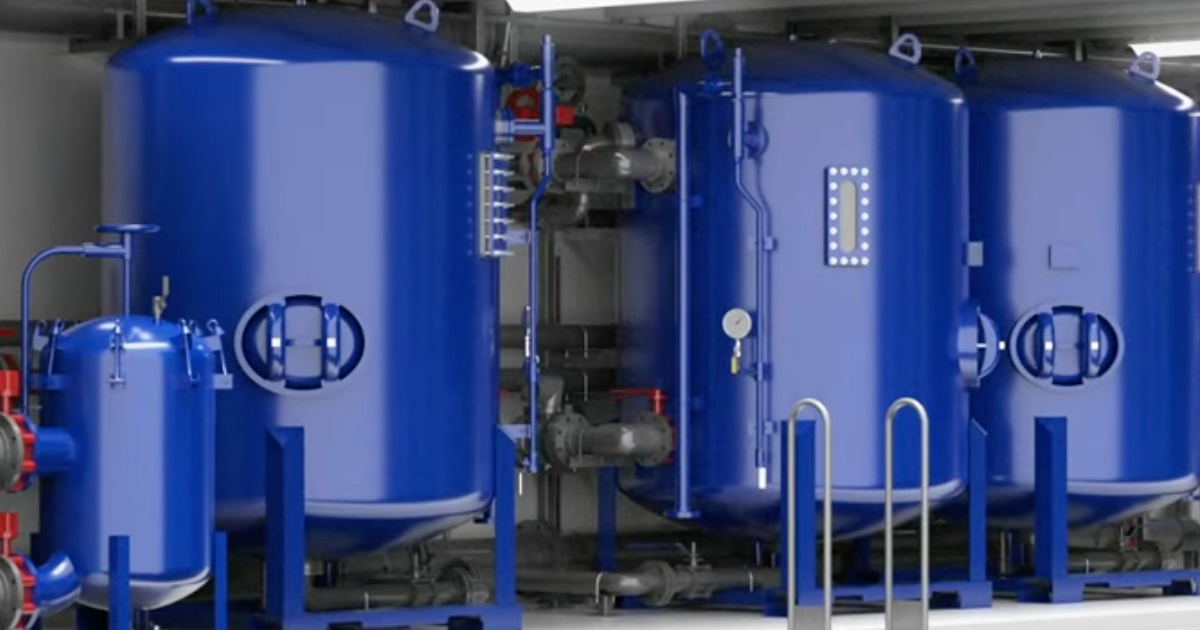Best Practices for PFAS Waste Management at Industrial Sites
Wiki Article
Cutting-edge PFAS Therapy Solutions for Safer Water
The increasing occurrence of PFAS contamination in water materials demands a vital examination of cutting-edge treatment remedies. Furthermore, emerging bioremediation strategies provide an even more lasting method to taking on PFAS challenges. pfas management.Summary of PFAS Contamination
PFAS contamination has actually emerged as a substantial environmental and public health and wellness issue. Per- and polyfluoroalkyl compounds (PFAS) are a team of artificial chemicals understood for their persistence in the atmosphere and human body, leading them to be commonly referred to as "permanently chemicals." These compounds have been extensively made use of in different industries, including firefighting foams, water-repellent materials, and food product packaging, primarily as a result of their water- and grease-resistant homes.The prevalent use PFAS has led to their detection in dirt, water products, and even in the blood of humans and animals. Researches have actually linked PFAS direct exposure to many health concerns, including developing effects in babies, body immune system disorder, and different kinds of cancer. In addition, the ecological determination of these substances complicates their degradation and removal, increasing issues regarding long-term environmental impacts.
Regulative bodies are increasingly implementing rigid guidelines to monitor and decrease PFAS levels in alcohol consumption water and various other ecological mediums. As understanding of PFAS contamination expands, it has actually ended up being necessary for areas and markets to look for effective treatment services to reduce exposure and safeguard public health and wellness.
Advanced Filtration Technologies
As the urgency to resolve PFAS contamination escalates, advanced filtering innovations have actually emerged as a crucial element in the removal efforts focused on eliminating these relentless chemicals from water sources. These modern technologies leverage innovative devices to efficiently target and capture PFAS compounds, which are notoriously resistant to traditional therapy techniques.One of one of the most appealing approaches is using granular activated carbon (GAC), which adsorbs PFAS molecules as a result of its high area and porous structure. This method has been extensively executed in both local and commercial settings, demonstrating substantial decreases in PFAS focus. Additionally, ion exchange resins have actually acquired traction, especially created to selectively bind PFAS ions from water, hence facilitating their elimination.
Membrane layer filtration modern technologies, such as reverse osmosis and nanofiltration, likewise reveal efficacy in PFAS elimination by literally dividing impurities from water - pfas management. These systems can accomplish high degrees of purity, making them suitable for alcohol consumption water applications
Chemical Therapy Developments
Countless chemical therapy advancements are being explored to efficiently deal with PFAS contamination in water products. One encouraging approach includes making use of innovative oxidation procedures (AOPs), which utilize powerful oxidants such as ozone, hydrogen peroxide, or chlorine dioxide integrated with UV light to break down PFAS substances right into less dangerous compounds. This approach has actually demonstrated efficiency in research laboratory settings, revealing prospective for scalability in real-world applications.One more cutting-edge method is the growth of ion-exchange resins specifically designed to target PFAS. These resins can uniquely adsorb PFAS substances from water, enabling their removal during treatment processes. Recent advancements have actually boosted the efficiency and capacity of these materials, making them a desirable option for water treatment centers.
Furthermore, scientists are investigating making use of chemical representatives like persulfate and ferrous ions to boost the degradation of PFAS in infected water. These agents can generate chemical reactions that assist in the malfunction of relentless PFAS substances.
Arising Bioremediation Methods
Recent advancements in chemical therapy developments have led the way for checking out bioremediation techniques as a sensible choice for addressing PFAS contamination. Bioremediation utilizes the natural metabolic procedures of microorganisms to weaken or change toxins, making it an enticing approach for taking on persistent impurities like PFAS.
Emerging strategies in bioremediation consist of the usage of genetically engineered microorganisms that can specifically target and break down PFAS substances. pfas treatment These microbial stress are being developed for their enhanced destruction abilities, raising the efficiency of the removal procedure. In addition, researchers are checking out the capacity of plant-assisted bioremediation, where certain plant varieties may uptake and withdraw PFAS from contaminated dirt and water.
Another promising technique is the application of bioaugmentation, which entails presenting helpful microbes into contaminated environments to enhance the destruction of PFAS. This technique can facilitate quicker removal timelines and enhance total performance.

Regulative Structures and Requirements
A detailed regulative framework is crucial for properly handling PFAS contamination and ensuring public wellness security. The enhancing acknowledgment of per- and polyfluoroalkyl materials (PFAS) as toxic wastes has triggered numerous federal and state agencies to develop criteria that govern their presence in water products. The U.S. Epa (EPA) has developed wellness advisories and is pursuing establishing enforceable limits for PFAS in alcohol consumption water.State-level regulations vary substantially, with some states embracing stricter standards than those suggested by the EPA. These regulations typically include maximum pollutant degrees (MCLs) for particular PFAS substances, surveillance demands, and reporting obligations for water energies. Furthermore, emerging frameworks concentrate on the remediation of infected websites, highlighting the demand for effective treatment innovations.

Final Thought
To conclude, the advancement and implementation of innovative PFAS treatment services are vital for addressing the prevalent issue of water contamination. Advanced filtration modern technologies, chemical therapies, and emerging bioremediation methods jointly provide a complex approach to properly minimize and deteriorate PFAS degrees. As regulative structures continue to advance, incorporating these technologies will be important to guard public health and wellness and recover the integrity of contaminated water sources, eventually adding to a cleaner and much safer environment.Report this wiki page